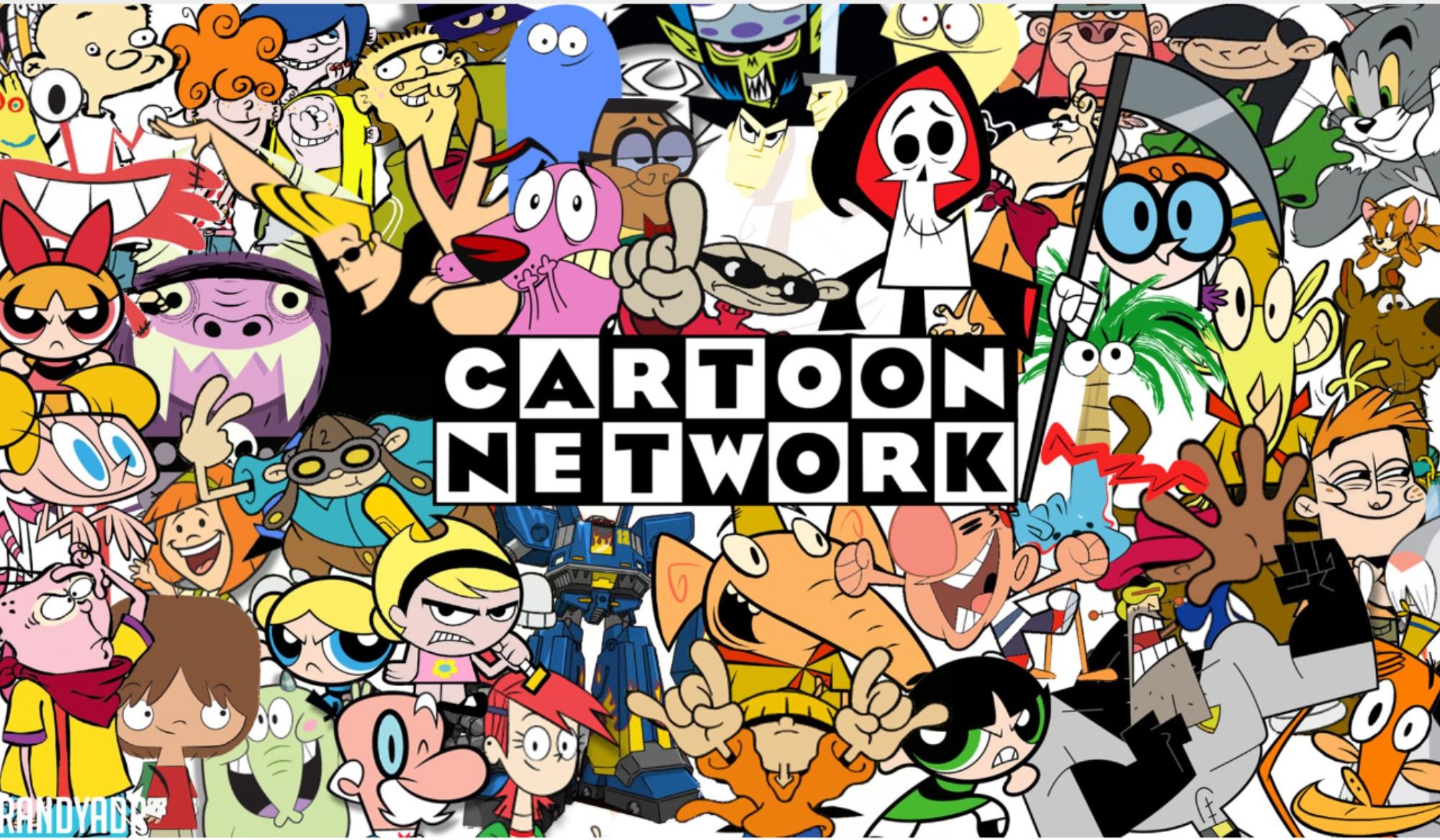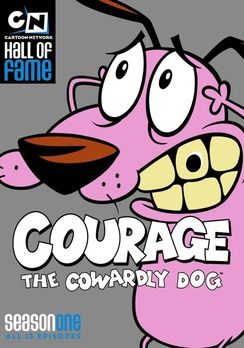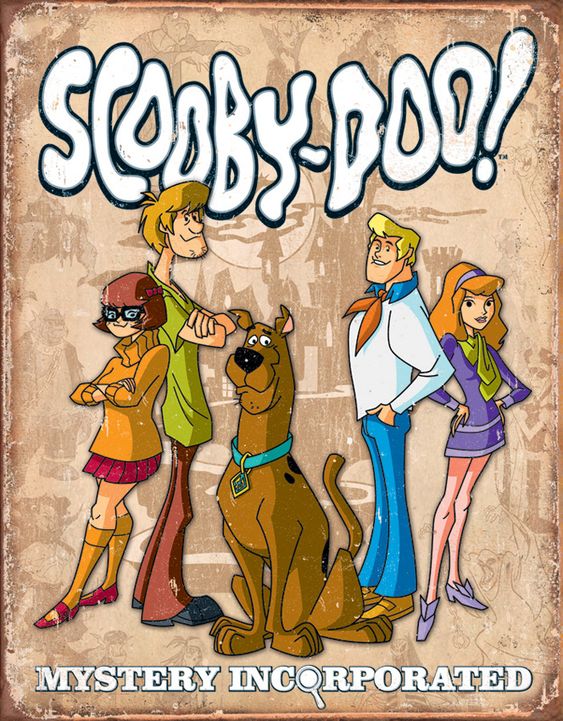So finally, after years of constant demand and protest on social media by DC fans around the globe, “The Snyder Cut Justice League” is out. And fortunately, this version has managed to undo the damage caused by the theatrical release in 2017. A film that caused more grief to our heroes than all the villains combined in the history of the DC universe. But now, the Synder Cut has lifted the burden from the shoulders of our esteemed protagonists and cleared the stain caused on their characters.
But in this article, we are not going to compare the two films as the reviews are out, and everyone can clearly see the impact it has been creating since it went online. Audiences and critics alike are showering praises on this new 2021 release, and everyone seems to feel a sense of relief as all the hard work has been finally paid off. So instead, we will emphasize an essential aspect of any art form that needs to be cherished by those around the creator, and that is “The Vision of An Artist.”
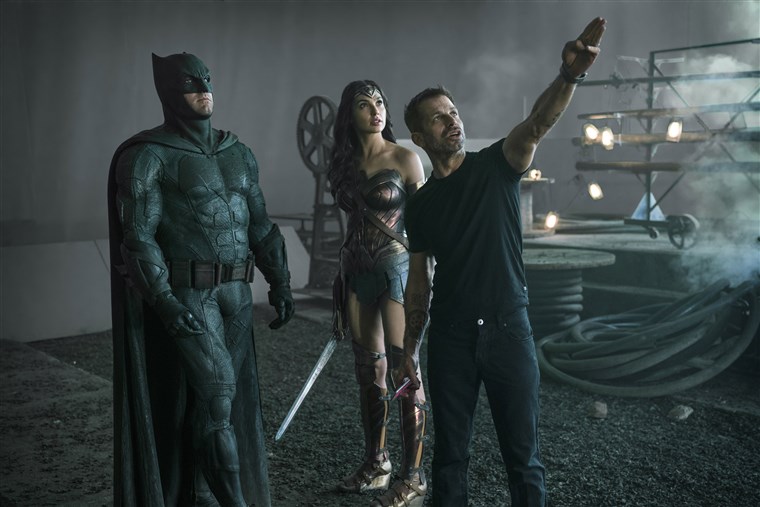
So much has been written and said about Zack Synder’s fallout with Warner Bros and how he was constantly interrupted by the management to alter things according to their terms and conditions. And I am not even stating on Joss Whedon’s arrival but things that were happening way before Zack decided to walk away. Initially, everyone was on the impression that Snyder left the project due to the unfortunate demise of his lovely daughter. But recently, he admitted in interviews that he was at loggerhead with producers almost from day one. But my question is, WHY?
Yes! Why do people who are supposed to oversee the finance, amenities,
standards, practices, etc., exhibit the need to interfere between the artist and his vision? Sure I agree that they have the best intention to make the product marketable and keep it out of any trouble. But why would someone who has no creative background feel the need to pierce their creative perspective into a vision of someone who has already proved their abilities to heighten the audiences’ experience through their take on things?
But this isn’t the first time such a thing has happened and probably won’t be last as most artists deal with it all the time since the dawn of professional artistry. We have been programmed to believe that customer is king or client is always right, because of which most artists have no choice but to compromise on their artistic values and alter their approach towards the work. I understand that many won’t have any issues with it as in the end, our motto is to make the clients delighted.
But my question is, shall the same principles need to be applied to an artwork meant to be made by larger audiences than a specific client?. Because in this case, the end client is the audience and not executives sitting across the board. Sure, an artist isn’t going to deliver a masterpiece every time they paint the canvas. But at least they have the in-depth knowledge of shades of their work and knows how to get the best out of it, especially if they have a proven track record.
Executive and Producer’s inputs are vital and need to consider respectfully as a lot is at stake with such a big-budget project. But at the same time, they need to respect the artist’s vision as well and give them the creative freedom required to make a better commodity. Imagine if the artist starts taking a call on the finances and what if it justifies the need to show blood in a kids movie. I am sure he will be immediately shown the way out cause of obvious reasons.
Just like that, non-creatives shall not be liable to decide which scenes are suitable in the context of the story and which ones shall be axed as long as it follows the norms of standards and practices. Like it happened with Batman and Joker’s Knightmare scene as the studio wasn’t pleased with its inclusion. On the other hand, Snyder precisely knew why he needs that iconic moment in the narrative of this epic mythology. And guess what, it turned out to be the most talked-about aspect of the whole Justice League Saga.
And this is just one instance; there are many such incidents where the artists were not given the creative liberty to pursue their vision, which eventually blinded the whole project. A couple of such examples are Edger Wright’s departure from Ant-Man and Patty Jenkins, quitting the much-maligned Marvel sequel Thor: The Dark World, all due to the classic “Creative differences” melodrama. Sure, some decisions work in favor of the studio, but in-case an artist goes away in the middle of the project, it gets way complicated for the other person to fill the shoe as it happened with Justice League.
The authorities need to understand that art can’t be commerce-driven but needs to be molded with feelings and emotions. That’s what separates it from the business. That’s what makes these fictional characters so relatable despite their superhuman persona. That’s what the superhero genre has become so vast and integral part of our pop culture because few artists created them with all the love and affection, away from the greed and need to make it market-friendly.
And it is always going to stay that way when it comes to art and the artist’s passion for their craft. No money, no strategy, no market can replicate that, and it’s high time to realize this essential truth of creative endeavors, which is once again proven by Zack Snyder.
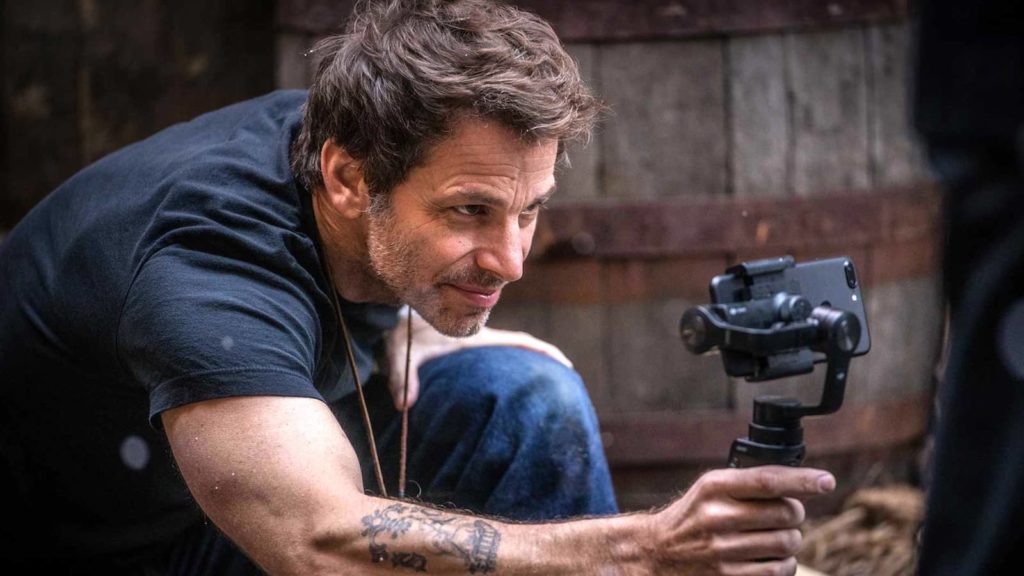
“The Synder Cut is just not a directorial take on a film, but it’s a huge statement made by an artist struggling to get things done by his vision. It’s a revolutionary moment in the history of any art form that demands to break the shackles tied around artists’ wrists. It’s vivid evidence of what could happen if the original creator has been given the freedom to follow his or her heart, all for the sake of making an inspiring art. Think About It!”
Do you agree with this article, do share your perspective in the comment section below. Also, do read my take on similar struggles faced by Indian artists in the section “THE FAULTS IN OUR ARTS!
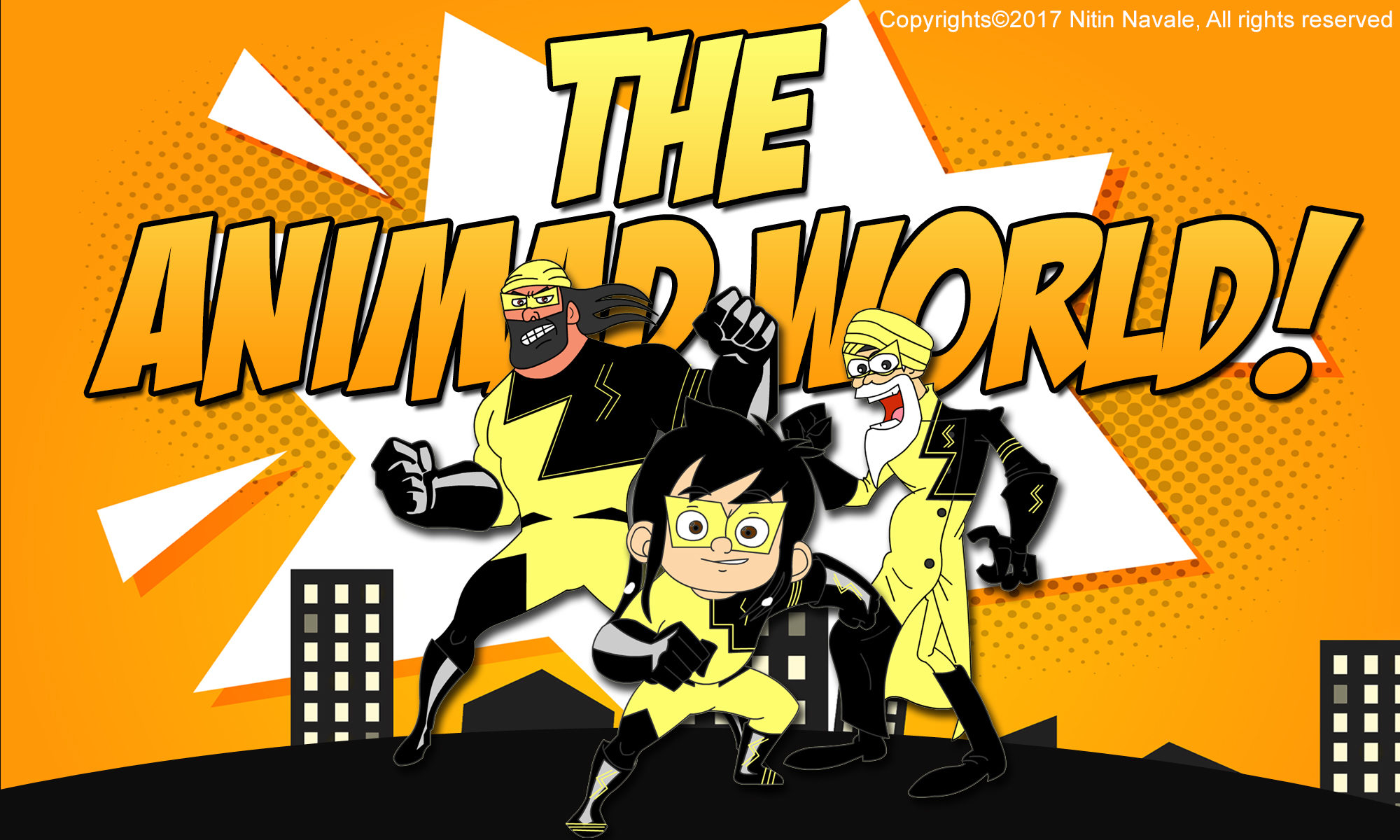

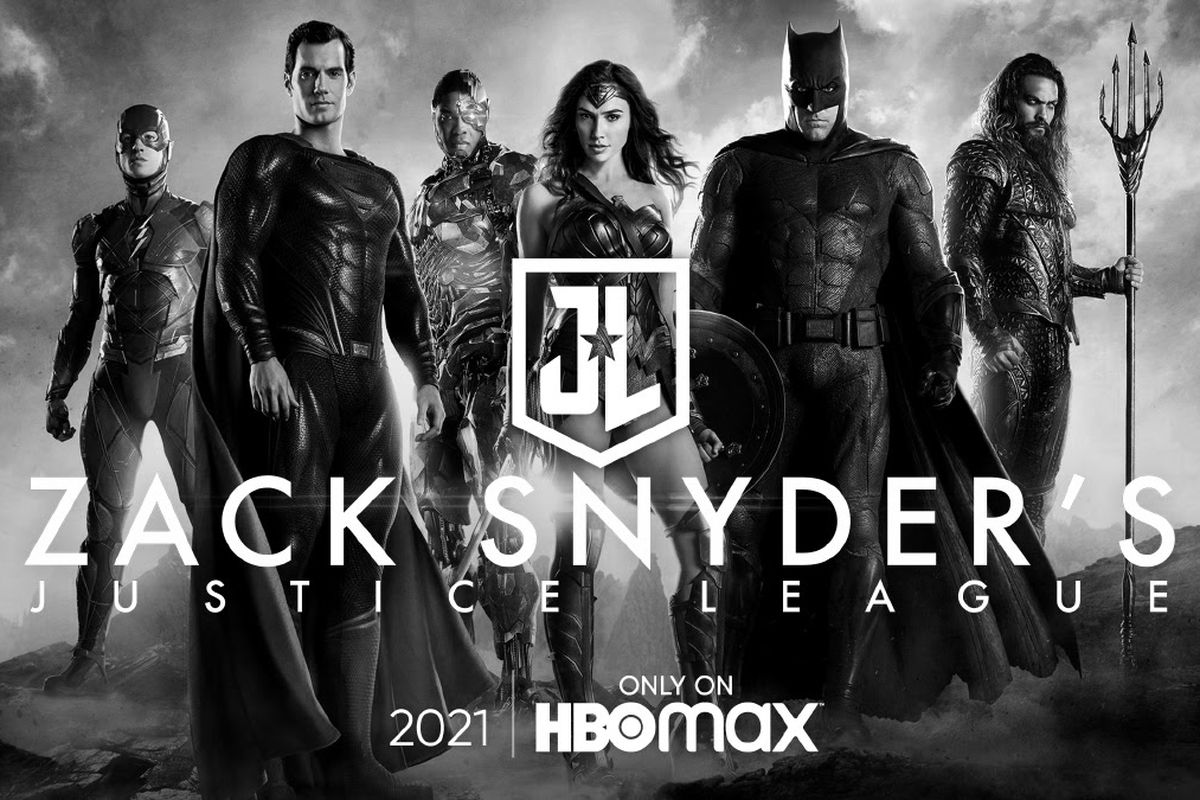
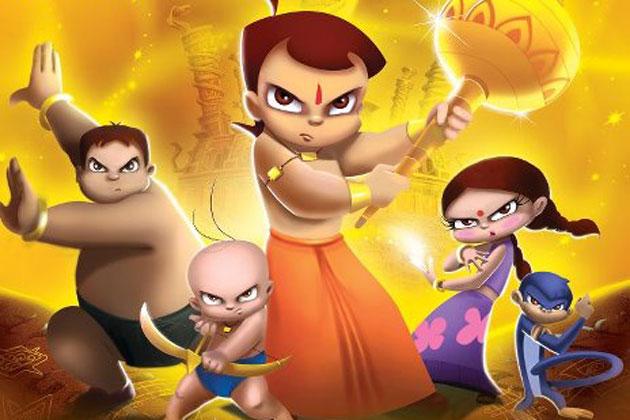
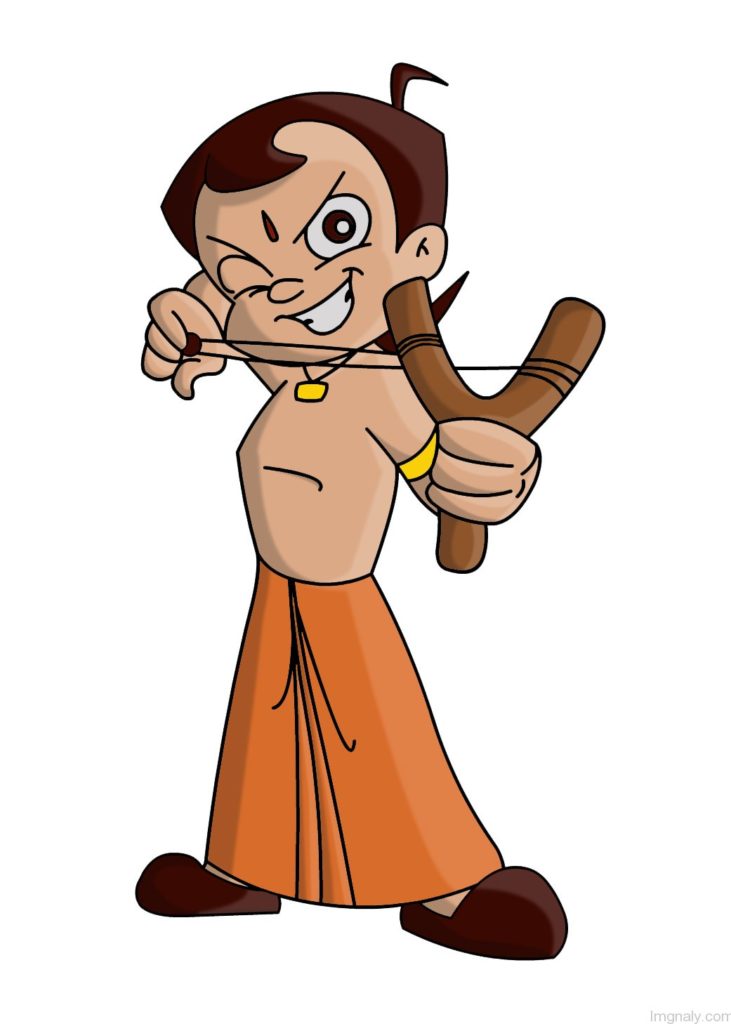
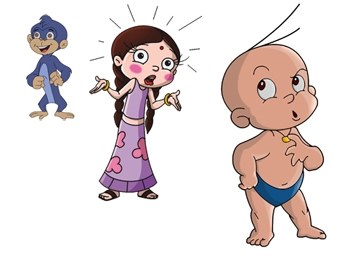

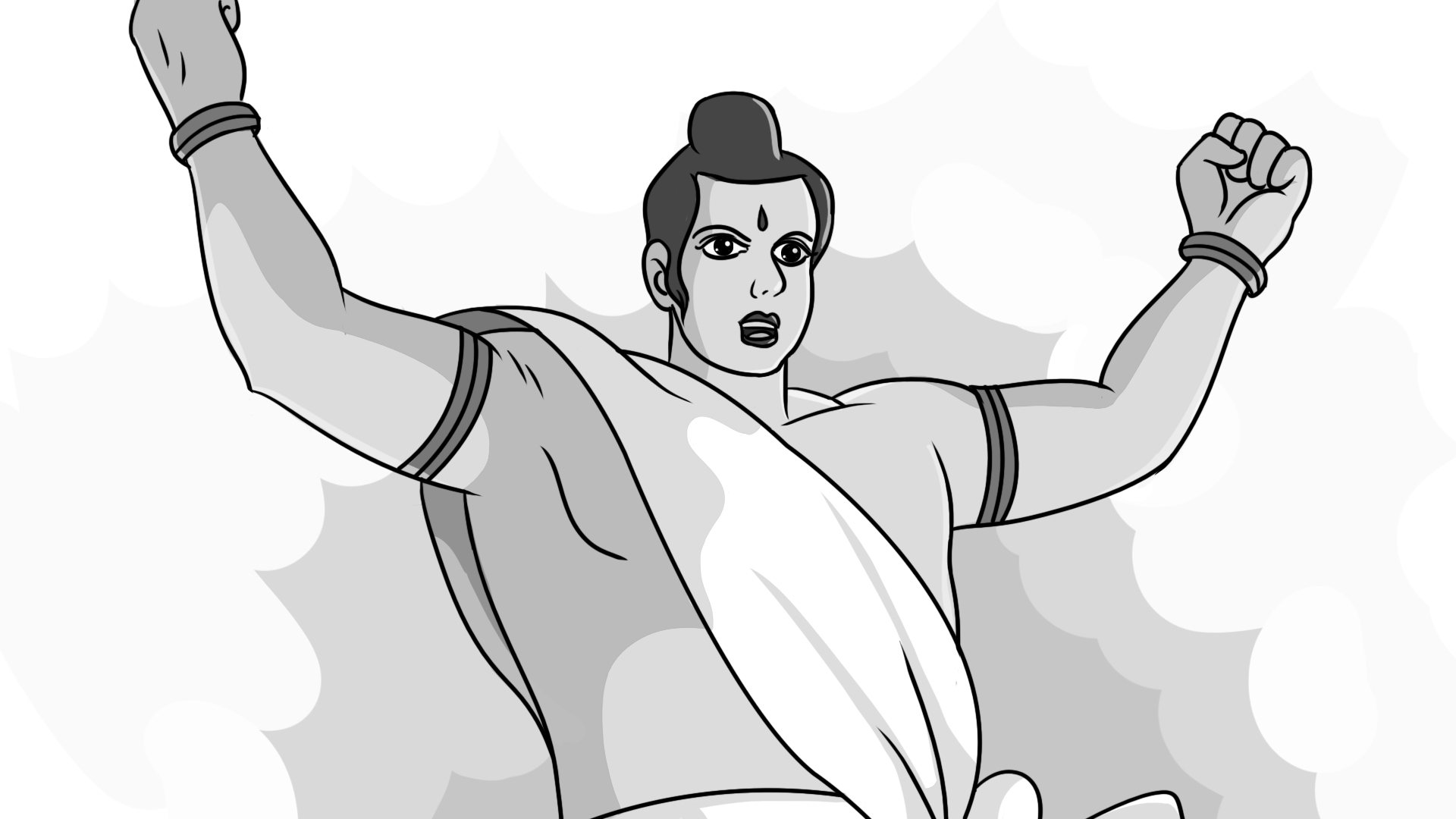

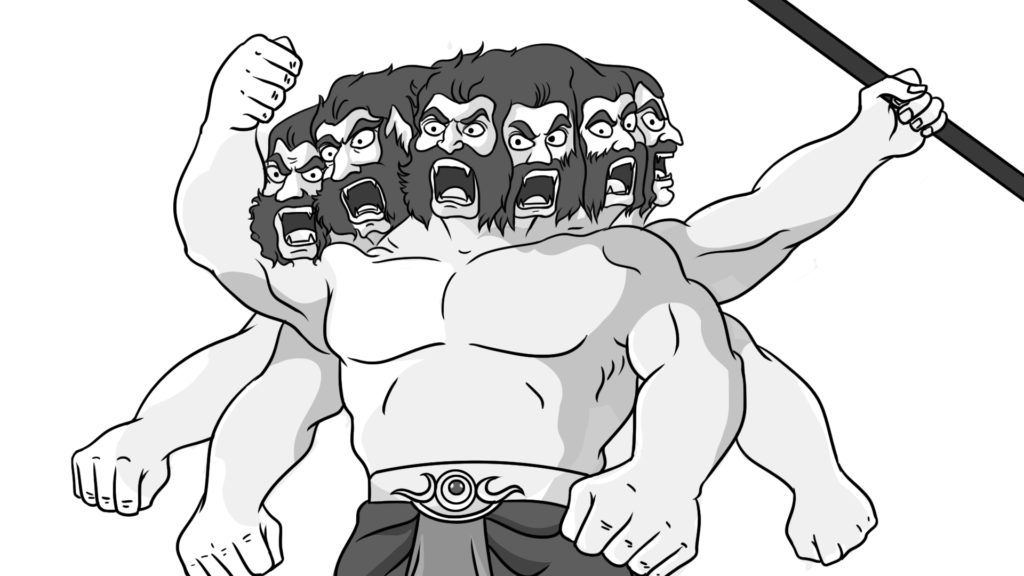
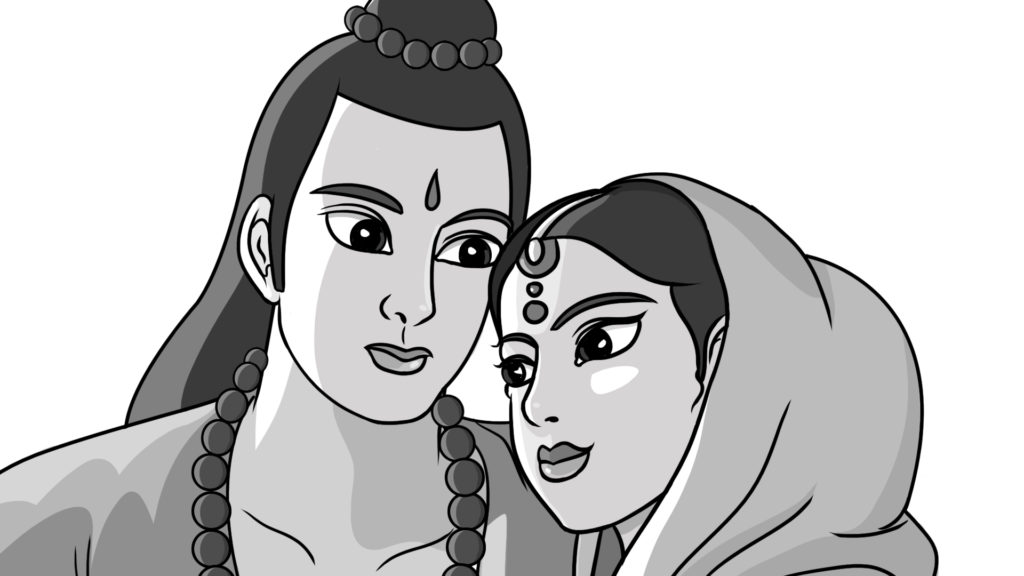 But next came the tricky part: The studio wanted to alter the storyline, sending Ram and Sita into the forest for their honeymoon and substituting the entire myth of fourteen-year exile or Sita’s abduction. They wanted to turn it into a straight adventure concept despite it being a perfect plot in all sense. The producers and Yugo disagreed with it and parted away with the studio as it was clearly against their sensitivity, which eventually prevented it from gaining a wider release.
But next came the tricky part: The studio wanted to alter the storyline, sending Ram and Sita into the forest for their honeymoon and substituting the entire myth of fourteen-year exile or Sita’s abduction. They wanted to turn it into a straight adventure concept despite it being a perfect plot in all sense. The producers and Yugo disagreed with it and parted away with the studio as it was clearly against their sensitivity, which eventually prevented it from gaining a wider release.
